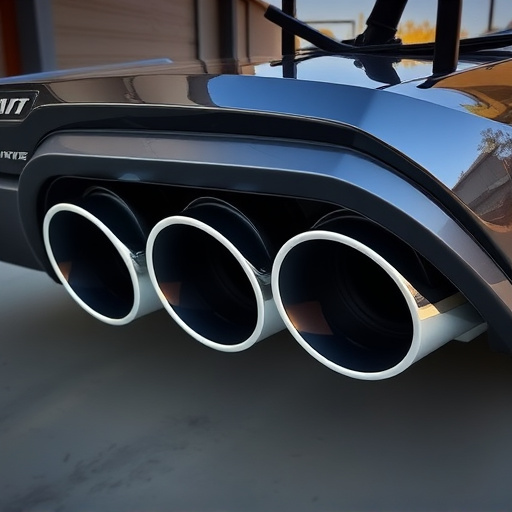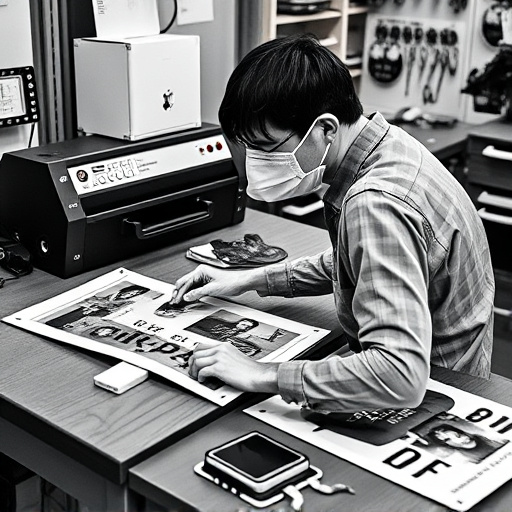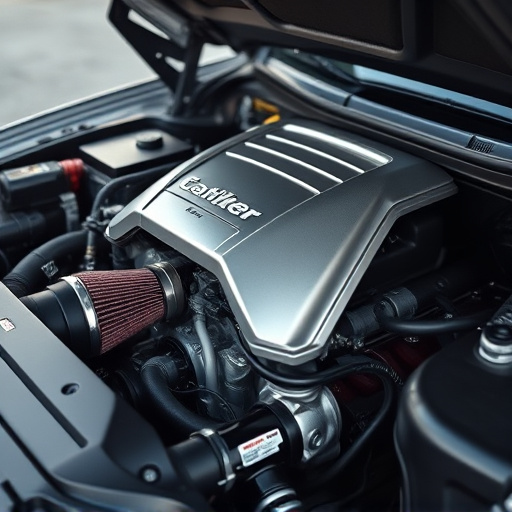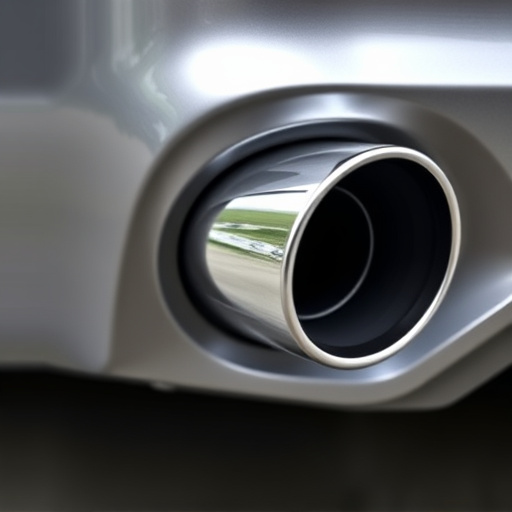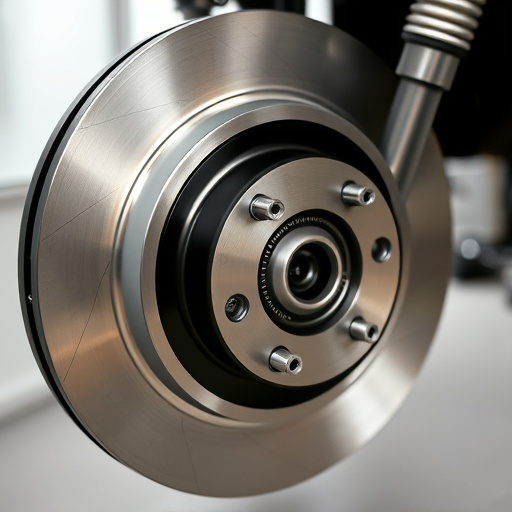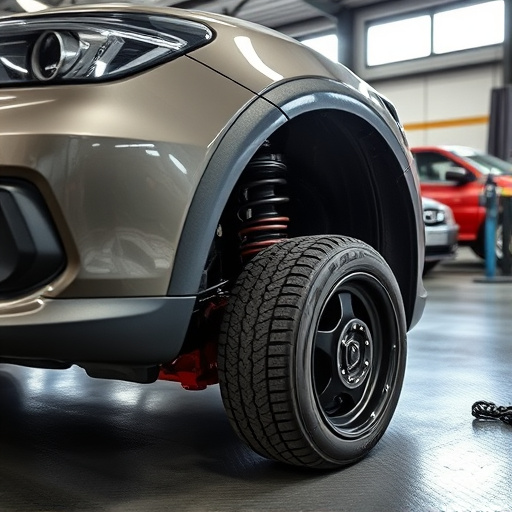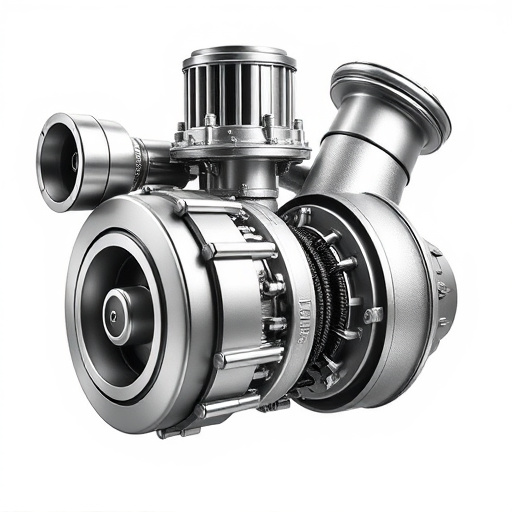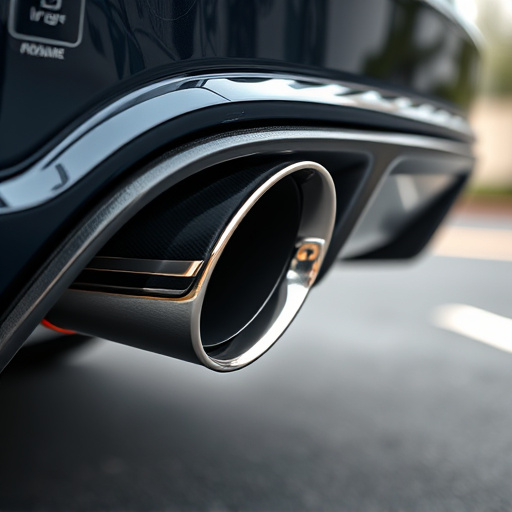Understanding vehicle warranties is key when considering air intake installations. While modifications can void guarantees, aftermarket parts like high-flow filters are safe. Aftermarket exhaust systems that alter factory settings may trigger warranty voiding. To maintain coverage, ensure chosen components are compatible and don't interfere with critical systems. Correct installation, per the manufacturer's guidelines, keeps warranties valid while enhancing performance through air intake modifications.
Looking to enhance your vehicle’s performance without voiding your warranty? This guide is your solution. We demystify the process of installing an air intake system, addressing common misconceptions about warranties. Learn how to navigate warranty terms and install an air intake safely and legally. By following our step-by-step instructions, you’ll enjoy improved engine efficiency without compromising manufacturer coverage. Get ready to breathe new life into your ride!
- Understanding Warranty Terms and Air Intake Installation
- Common Misconceptions About Air Intake Systems and Warranties
- Step-by-Step Guide to Installing an Air Intake Without Voiding Your Warranty
Understanding Warranty Terms and Air Intake Installation
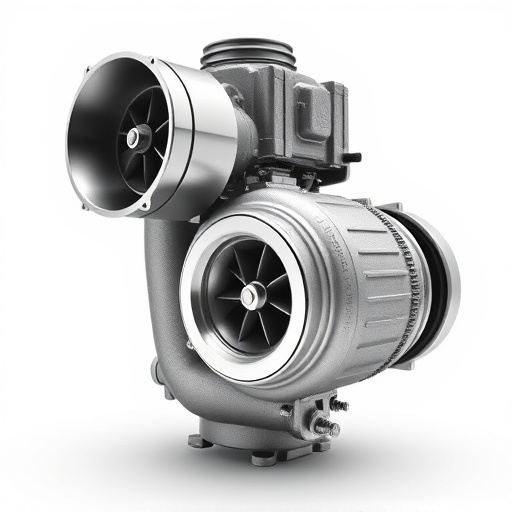
When it comes to air intake installation, understanding your vehicle’s warranty is paramount. Many manufacturers have specific clauses regarding modifications, especially those related to the engine and exhaust system. Termed “warranty voiding,” any alterations that disrupt the OEM (Original Equipment Manufacturer) system could potentially cancel out your coverage. The key lies in identifying which components are considered direct engine parts and how they relate to your warranty.
Air intake installation, for instance, often focuses on improving airflow without directly altering the engine’s core components. Using high-flow air filters or replacing the mass air flow sensor (MAF) sensor can enhance performance without triggering warranty concerns. However, if an installer uses aftermarket parts that disrupt the factory setup, such as a complete cat back exhaust system or modified muffler tips, it might activate the voiding clause. Always ensure your chosen intake components are compatible and do not interfere with other systems to maintain warranty validity.
Common Misconceptions About Air Intake Systems and Warranties
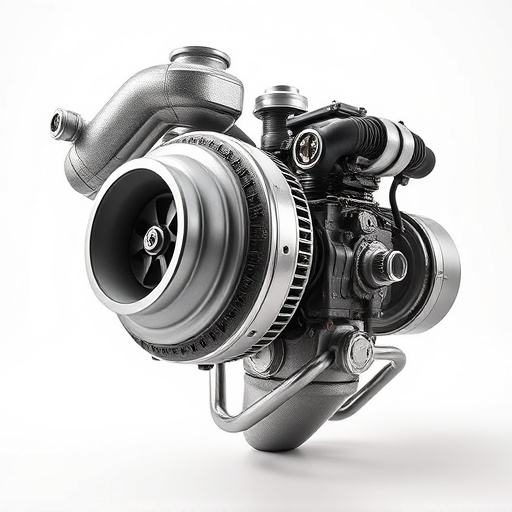
Many vehicle owners considering an air intake installation often fall prey to common misconceptions regarding their car’s warranty. It’s a legitimate concern, as any modification can raise questions about potential voids. One of the most widespread myths is that any custom air intake system will automatically invalidate your manufacturer’s warranty. This isn’t entirely true. While certain high-performance parts and modifications directly impact crucial components like engine compartments and exhaust systems, an air intake installation typically falls under a different category.
In reality, as long as the air intake system is installed correctly and doesn’t interfere with or alter other warranty-critical suspension components or brake rotors, it’s unlikely to trigger a warranty claim. Most manufacturers allow for reasonable modifications as long as they don’t compromise the vehicle’s structural integrity or safety systems. Therefore, an air intake installation can be a smart way to enhance your car’s performance without compromising its warranty coverage.
Step-by-Step Guide to Installing an Air Intake Without Voiding Your Warranty
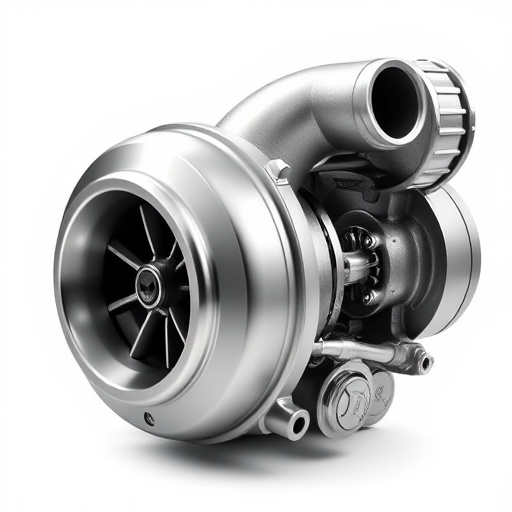
Installing an air intake system without voiding your vehicle’s warranty is a straightforward process that can be accomplished with the right tools and attention to detail. Begin by consulting your vehicle’s service manual for specific instructions related to your make and model. This will ensure compatibility and guide you through any unique considerations. Before starting, gather all necessary tools, including wrenches, screwdrivers, and any required hardware.
Next, locate the air intake box, usually near the engine, and carefully remove it from its current position. Ensure that all connections to the vehicle are secured and identifiable before disassembly. Clean the area thoroughly, removing any debris or contaminants that could affect the new air intake’s performance. Install the new air intake by following the manufacturer’s instructions, securing it in place with the provided hardware. Pay close attention to routing wires and hoses correctly to avoid damaging brake pads, exhaust mufflers, or other critical components. Finally, test the system for proper functionality and ensure all connections are secure, allowing you to enjoy an enhanced performance without compromising your warranty.
When it comes to enhancing your vehicle’s performance with an air intake system, understanding how to install it without voiding your warranty is key. By carefully navigating the process and utilizing a step-by-step guide, you can avoid common misconceptions and ensure your satisfaction. Remember, proper installation respects the intricate design of your car or truck while allowing for improved airflow and potential gains in power. So, why wait? Dive into the world of air intake installation and experience the benefits without compromising on warranty protection.

